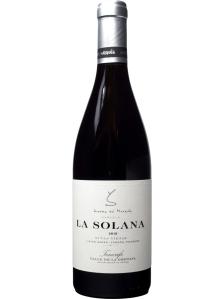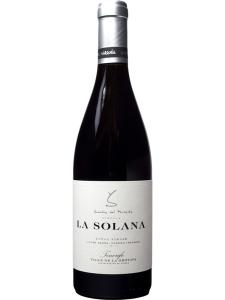Valle de la Orotava is a DO in the north of Tenerife, the largest of Spain's Canary Islands. The valle (valley) takes its name from the historic town of La Orotava. Wine-growing in this fertile area dates back to the Spanish conquest of the 15th Century, although these days bananas and potatoes are the region's main crops. The verdant Valle de la Orotava officially received its official DO title in 1995.
Valle de la Orotava is one of the oldest grape-growing regions on the island – the Spanish conquerors planted vines there not long after their arrival. The important port city of Puerto de la Cruz (called the Puerto de la Orotava in those days) was conveniently located on this side of Tenerife, which facilitated the island's wine industry. It is thought that 30,000 pipes (12.5 million liters) of Malmsey, a sweet wine made from white Malvasia grape, were exported through the port in one year, with the English, Dutch and Germans being the biggest consumers. When Anglo-Spanish relations soured, so did exports, which sent the industry into massive decline, from which it has never recovered.
Like most of Tenerife's wine regions, the geography of the Valle de la Orotava is shaped by the imposing Pico del Teide (Mount Teide), the world's third-largest active volcano (after Mauna Kea and Mauna Loa in Hawaii). Most vineyards are planted on the mountain's gentle lower slopes. Here, the hot maritime climate is moderated by humid mists created by Alicios (trade) winds, which blow off the coast throughout the year.
Unique to the Valle de la Orotava is its system of vine training, el cordon trenzado (the braided cord). Vines' branches are braided together in large bunches of multiple strands. Vine lengths vary from 3 meters up to 15 in the case of old-established vines. This method of vine training evolved due to space constraints on the island. Traditionally, el cordon trenzado allowed branches to be moved easily, leaving the earth below to be utilized for potatoes, which were essential for feeding the island's inhabitants. It also means that mechanical harvesting is impossible.
Valle de la Orotava is a predominantly white-wine region and the native Listan Blanco (Palomino) grape is the most widely planted variety. Many native varieties are also authorized by the local Consejo Regulador wine authority, including Marmajuelo, Vijariego and Gual (Bual). Red wines based on Listan Negro grapes are also finding favor with local producers as the warm climate supports this variety well.
The designation's wines are mostly consumed locally by the many tourists to Tenerife. Only around 30% of wines from the area are bottled, but that number is on the rise and wine quality is improving also.



